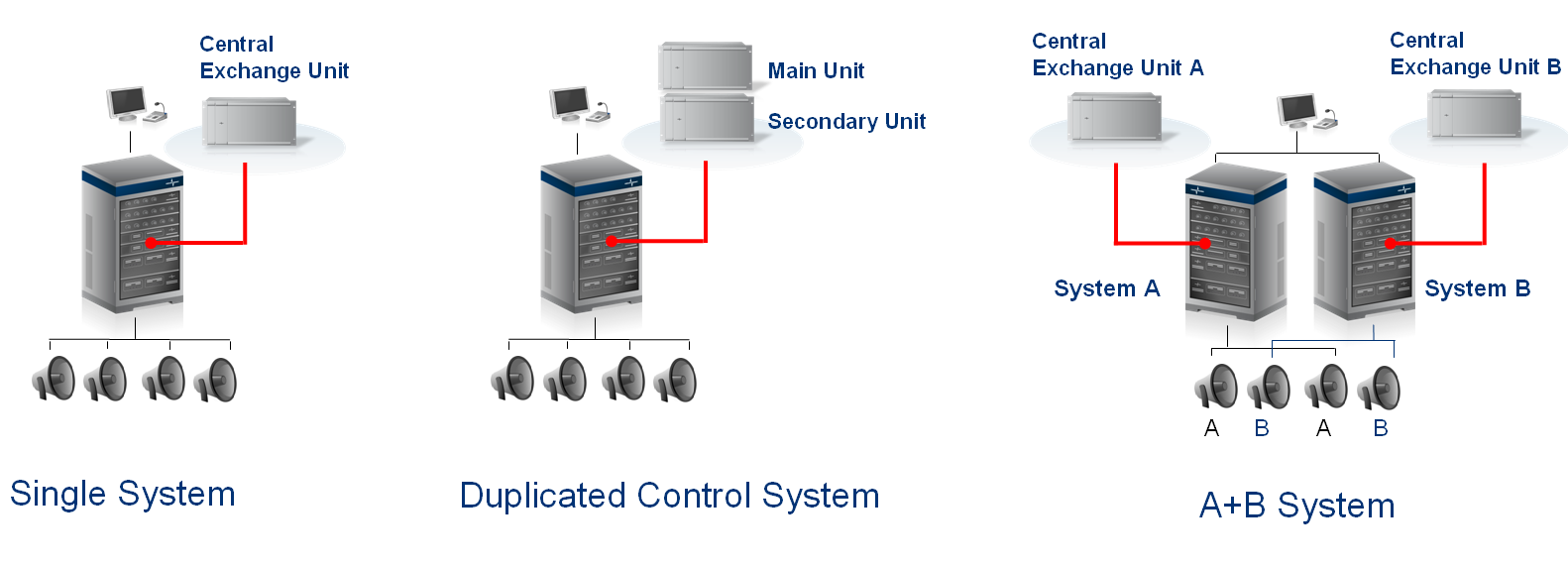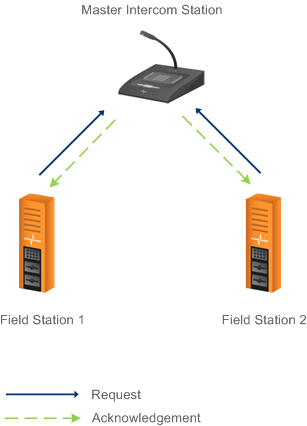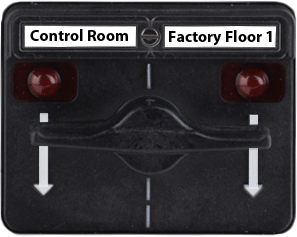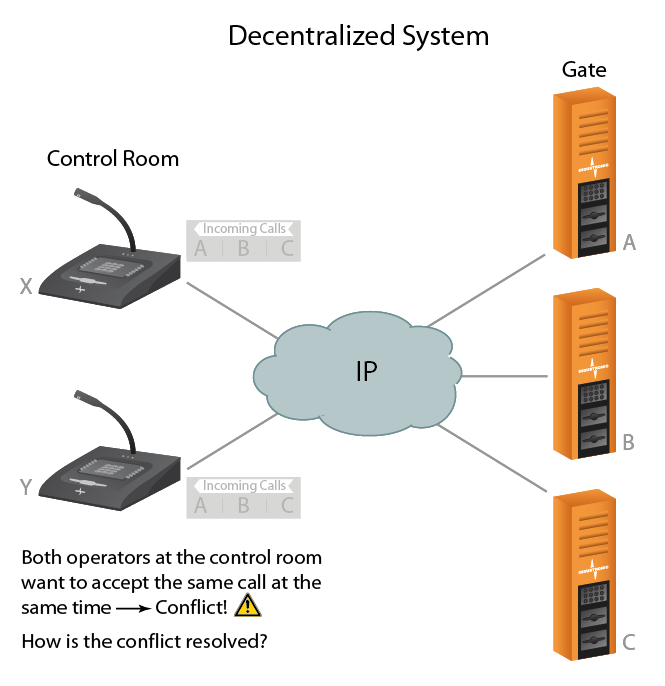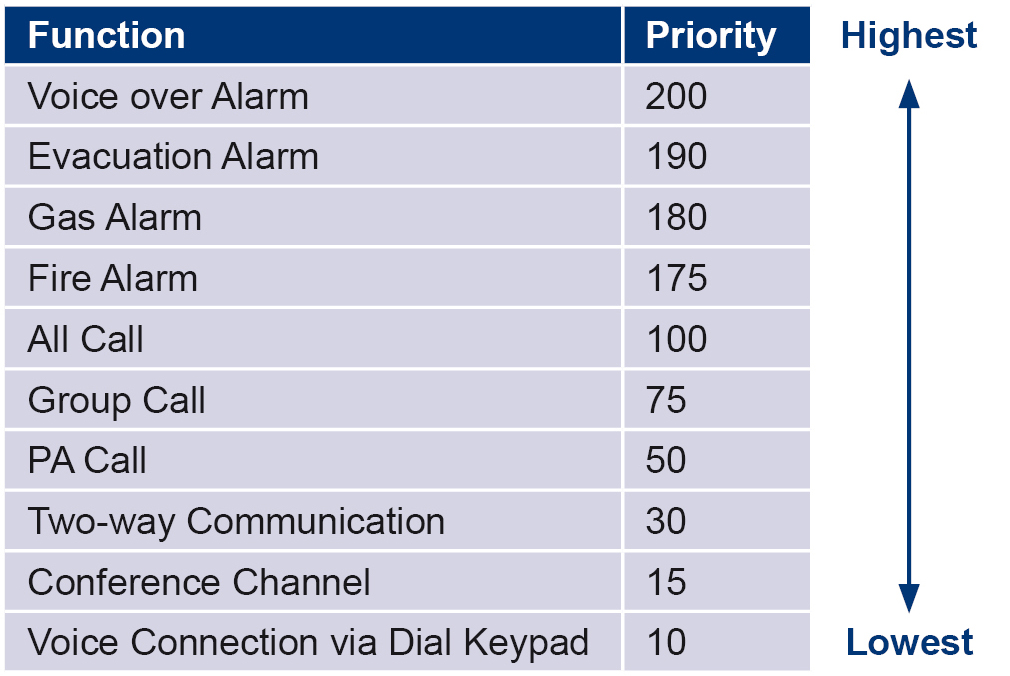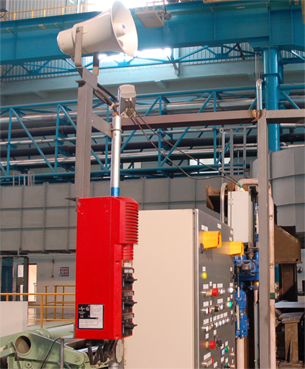In one of my recent blog posts I gave you a short introduction to INDUSTRONIC’s component redundancy concepts. Please refer to the “Introducing INDUSTRONIC’s Redundancy Concepts” article. In the coming posts I would like to give you more details on the three basic redundancy concepts INDUSTRONIC offers: Single System with N+1 Components Duplicated Control System […]
Full-duplex | Half-duplex | Simplex Communication systems are point-to-point systems, where two devices or groups / parties are connected. Some devices can communicate in both directions, simultaneously. These two paths or channels can transmit audio or data Full-duplex systems can also be employed in communication / control networks to allow two-way communication or to […]
A post by our colleague Roland Leuthe, Head of Development “Systems Software” In one of our last blog articles we explained the basic characteristics of the different transmission modes of communication: unicast, multicast, and broadcast. How can these different modes now be reasonably implemented into industrial communication systems? First I would like to start with […]
Important components of an Intercom and PA/GA system, which are critical and essential for the proper functioning of the system, should be redundant to increase system reliability. In order to meet the highest safety demands, INDUSTRONIC provides different redundancy concepts. These can be adapted to customer and site requirements and guarantee optimum protection and safety […]
A post by our colleague Timur Achmetow, Development “Systems Software” Open source software (OSS) such as Android, Linux™ or Java™ is widely used these days and can be found in smartphones (Android), set-top boxes (Linux™, Java™), TVs (Linux™ kernel) or PCs (Linux™, Firefox®, OpenOffice™) for example. But what exactly is OSS? A software is called […]
A post by our colleague Robert Persch, Development “Systems Software” An industrial communication system must transmit diverse information – speech, signaling data and control data. There are cases when information is only sent to a single recipient (unicast) as well as situations where information is sent to several recipients at the same time (multicast or […]
In my article of February 27, 2014 about priority-controlled communication I already mentioned that visual signaling is important for Intercom and PA/GA systems so that the operators maintain the control over active functions and different system states at any time. In this article, I will introduce you to 4 basic signaling types by using momentary […]
A post by our colleague Robert Persch, Development “Systems Software” Biased by the World Wide Web and common Ethernet structures there is a tendency to promote a completely decentralized architecture for IP-based industrial communication systems. The term “decentralized“ can refer to the location of the individual communication devices in the network, but usually it is […]
Industrial communication and public address systems provide various functions. They propagate life-saving information in dangerous situations, ensure fast and process-related communication and provide various interfaces (see Intercom and PA/GA). Communication procedures can be assigned with different priority levels so that the operators maintain control over the situation. This is the case, when several events occur […]
In the recent Intercom and PA/GA blog article, I already mentioned that you can combine the functionality of Intercom and PA/GA systems to provide one uniform system solution and thus be able to use synergy effects. But what are the advantages of such a system solution?
